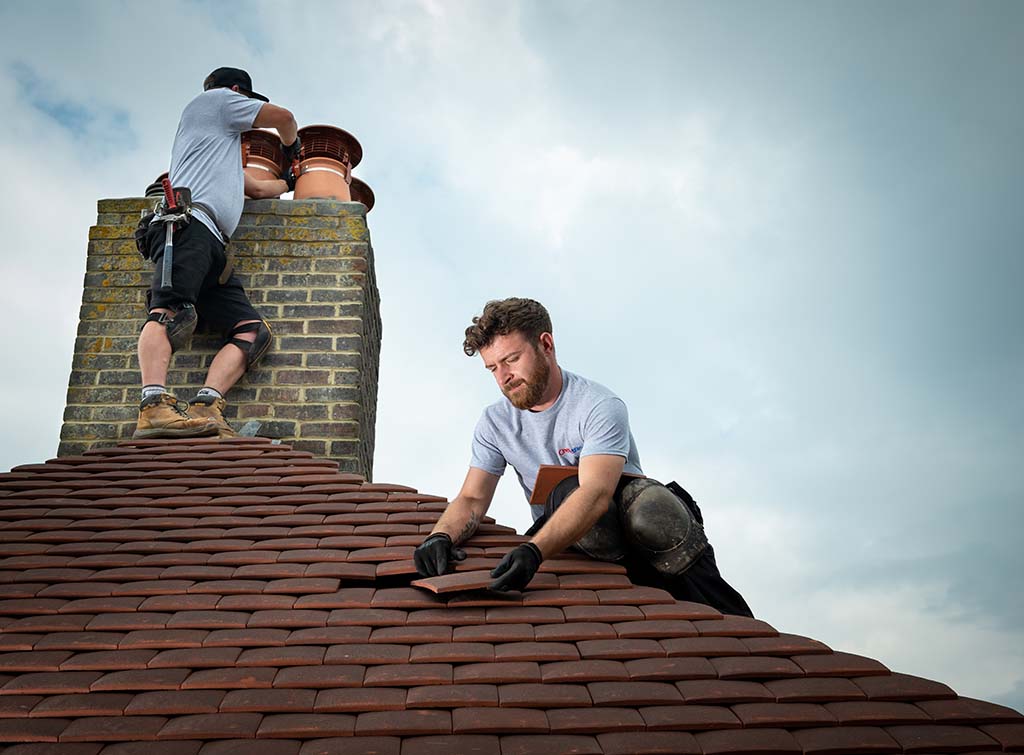The roof replacement of a UK home is an important investment. Over time, even the most well-constructed roofs begin to show signs of wear and tear, especially given the often unpredictable British weather. From relentless rain to heavy winds and occasional snowfall, the UK climate can take a serious toll on roofing materials. The homeowner may notice that the roof is nearing its end. This could be due to loose tiles, roof leaks, roof moss or an uneven roofline. Ignoring such problems can result in internal water damage and insulation issues, as well structural weakness. A timely roof replacement can not only increase the value of your home, but also protect it. Understanding when and how to proceed with roof replacement is essential for ensuring safety and long-term comfort.

The lifespan of a roof depends largely on the materials used and how well it has been maintained. In the UK, slate, asphalt and tiles are all common roofing materials. Each has its own lifespan. For instance, slate roofs can last up to 100 years if properly maintained, while tiles generally last between 25 and 50 years. Asphalt roofs have a lifespan between 20 and 30 years. As a roof ages, it becomes more susceptible to damage from the elements. Water can enter the house through cracked or broken tiles and slates. This leads to water leaks. When repairs no longer suffice, roof replacement becomes necessary to prevent further deterioration and potential structural issues.
The right material for your roof replacement is important in the UK, because different materials offer varying levels of durability, cost, and insulation. Traditional slate is a popular choice for its classic appearance and long lifespan, but it can be expensive and heavy. Concrete and clay tiles are also common and can offer a good balance between cost and performance. For those seeking a more modern option, composite or synthetic materials are becoming increasingly popular. They are lighter and easier to install. And they come with long-term warranties. The style of your house and the local planning laws will influence what you choose, especially if it is a listed or conservation property. Consulting with a roofing expert can help ensure that your new roof is both functional and compliant with local guidelines.
The process of Typical roof replacement prices in the UK usually begins with an inspection carried out by a roofing professional. The assessment determines the level of damage, and what materials are most appropriate for replacement. Once the necessary materials are selected, the existing roof is removed, and the underlying structure is examined for any issues. The roof deck may have to be repaired if it is damaged before new roofing materials can be installed. Depending on the complexity of the roof, this process can take several days to complete. A high-quality roof replacement involves more than just laying new materials; it includes ensuring that the underlying structure is sound, proper insulation is installed, and the roof is adequately ventilated to prevent future issues. To gather supplementary information please click reference

When planning to replace your roof, timing is another important consideration. The UK's weather can be unpredictable, and roofing work is best done during dry, mild months such as late spring or early autumn. The project can be scheduled during the best season to reduce the chance of being delayed by rain and storms. Homeowners should also consider how long the work will take, which typically ranges from a few days to a couple of weeks, depending on the complexity of the job. During the replacement process, there may be some disruption to daily life, including noise and temporary scaffolding. Proper preparation, such as informing neighbours and making arrangements for pets or small children, can help minimise stress during the project. Good communication with your contractor will ensure that the timeline is clear and expectations are managed throughout the process.
In the UK, roof replacement is a vital part of home maintenance. It should be done as soon as signs of wear and tear appear. A well-installed new roof protects against harsh weather, improves insulation, and boosts property value. Homeowners can customize their roof according to aesthetic preferences as well as practical requirements. Although the cost can be considerable, the long-term benefits - including energy savings, structural safety, and peace of mind - make it a worthwhile investment. Careful planning, the right contractor, and informed decision-making are the keys to a successful roof replacement. Replacing an old roof can be a smart investment for UK homeowners who want to safeguard their home's value over the next few decades.
Comments on “Typical Roof Replacement Prices in the UK: A Comprehensive Guide”